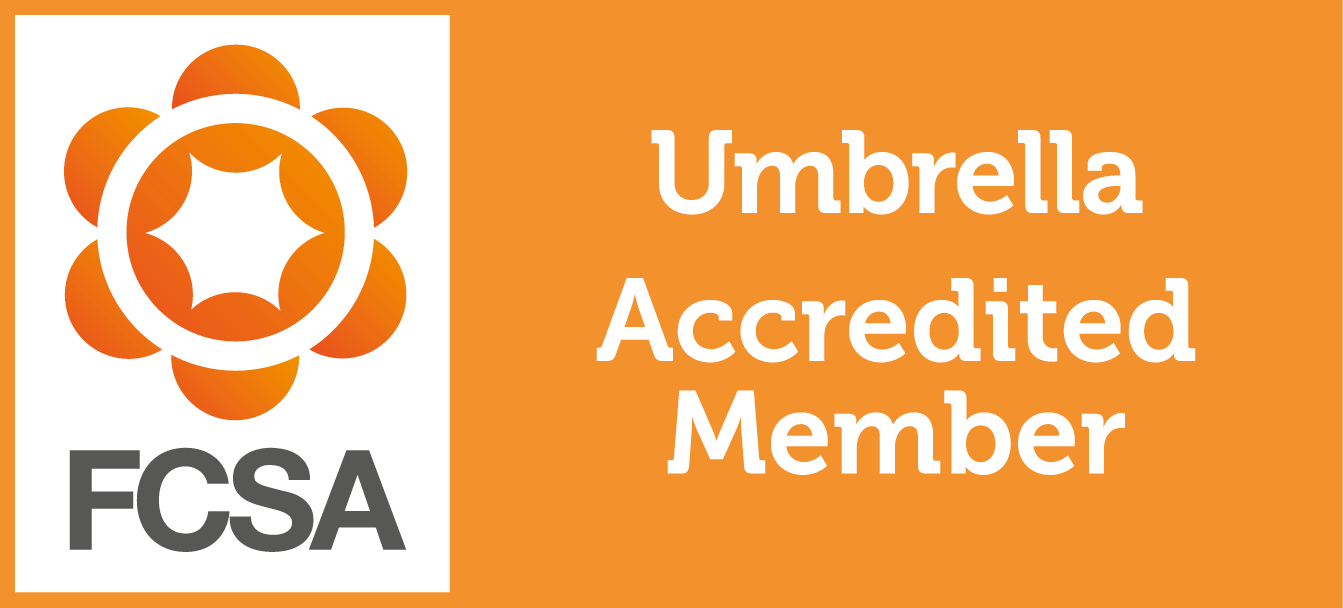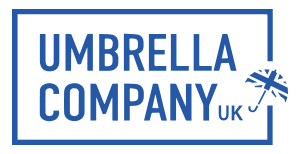
The 2019/20 tax year began on Saturday, 6th April 2019. There are some changes you should be aware of as a contractor (some of which came into effect on 1st April) as you may be affected.
What’s changing in the new tax year?
The 2019 Loan Charge
The 2019 Loan Charge came into effect on the 6th of April. It is a tax charge that is applied to all known and outstanding disguised remuneration loan payments made between 6th April 1999 and 5th April 2019.
On the 25th March 2019 the Treasury published a review on the impact of the 2019 Loan Charge. The review highlighted the negative impact that the Loan Charge will have on vulnerable taxpayers. Despite this, the Treasury is still going ahead with its implementation.
November 2019 Update – the much anticipated second review of the Loan Charge has now been postponed. The review, led by Sir Amyas Morse, was intended to assess whether the Loan Charge was the right way of dealing with people who avoided tax via disguised remuneration and loan schemes between 6 April 1999 and 5 April 2019.
The Personal Allowance
As of the 6th of April, the personal allowance (not including Scotland) has increased from £11,850 to £12,500. This will reduce income tax for the average taxpayer by £130 per year; therefore you will see an increase in your tax-free income.
If you are married or in a civil partnership and your partner’s income is below the personal allowance, they may be able to claim the Marriage Allowance. If they are able to claim, their unused personal allowance (up to a maximum of £1,250 for 2019/20) is transferred to you. This can result in up to £250 of tax savings.
Find out more about the Marriage Allowance and how to claim.
The Basic Rate and Higher Rate thresholds
After the personal allowance has been used, the basic rate of Income Tax is payable on all income earned between £12,501 and £37,500. The higher rate threshold (40% Income Tax) has increased by £3,650 – from £46,350 to £50,000 which is inclusive of the personal allowance.
For the 2019/20 tax year, 40% Income Tax will be applied to all earnings over £50,000 – inclusive of the personal allowance.
For example: if you earn £48,000 per year you will no longer have income which falls within the higher rate tax band from the 6th of April. £12,500 of this is tax-free and the other £35,500 is subject to the basic rate of Income Tax (20%).
Scottish Income Tax
The Scottish government has announced changes to the tax thresholds for Scottish taxpayers. Any income earned between the thresholds will be taxed at the relevant tax rate in Scotland. The revised tax thresholds are below:
| Tax Band | Tax Rates | 2019/20 tax year bands and thresholds |
| Starter rate | 19% | £12,500 – £14,549 |
| Basic rate | 20% | £14,550 – £24,944 |
| Intermediate | 21% | £24,945 – £43,430 |
| Higher rate | 41% | £43,430 – £150,000 |
| Additional rate | 46% | Over £150,000 |
National Insurance Thresholds
As Income Tax rate thresholds are increasing, so are the National Insurance thresholds for Employers and Employee National Insurance deductions.
| NI type | Rate | 2019/20 Earnings | 2018/19 Earnings |
| Class 1 – employees NI | 12% | £8,632 – £50,000 | £8,424 – £46,350 |
| 2% | Over £50,000 | Over £46,350 | |
| Class 2 – employers NI | 13.8% | Over £8,632 | Over £8,424 |
National Minimum Wage
The National Minimum Wage increased from the 1st of April. The NMW has increased to £8.21 per hour from £7.83 for earners over the age of 25.
Pension lifetime allowance
The lifetime allowance is the limit that can be withdrawn from pension schemes without triggering an extra tax charge – which is 25% if it is drawn as income.
In-line with inflation, the lifetime allowance for pension savings increased from £1,030,000 to £1,055,000 on the 6th April.
Workplace pensions (auto-enrolment)
As of the 6th April the minimum amount you need to pay into your auto-enrolment workplace pension increased. The total amount of employee and employer contributions must be a minimum of 8% of the employee’s qualifying earnings.
| Date effective | Total minimum contribution | Employer minimum contribution | Staff contribute the remainder |
| Current | 5% | 2% | Up to 3% |
| 6th April 2019 | 8% | 3% | Up to 5% |
However, there are some limits on the amount of tax-free contributions you can make.
| Pension contribution limits 2018/19 | Pension contribution limits 2019/20 | |
| Annual tax-free contribution limit | £40,000 | £40,000 |
| Lifetime tax-free allowance | £1,030,000 | £1,055,000 |
Some good news for contractors
Most taxpayers will make a tax saving in the 2019/20 tax year due to the personal allowance, basic rate and higher rate thresholds having increased from 6th April.
However private sector contractors should note that from the 6th of April 2020, large and medium-sized organisations in the private sector will be responsible for determining the IR35 status of their contractors’ working arrangements.
Try our contractor calculator to discover your potential take home pay through our umbrella company service in the 2019/20 tax year. Contact us today for a more personalised quote and breakdown of our services.






